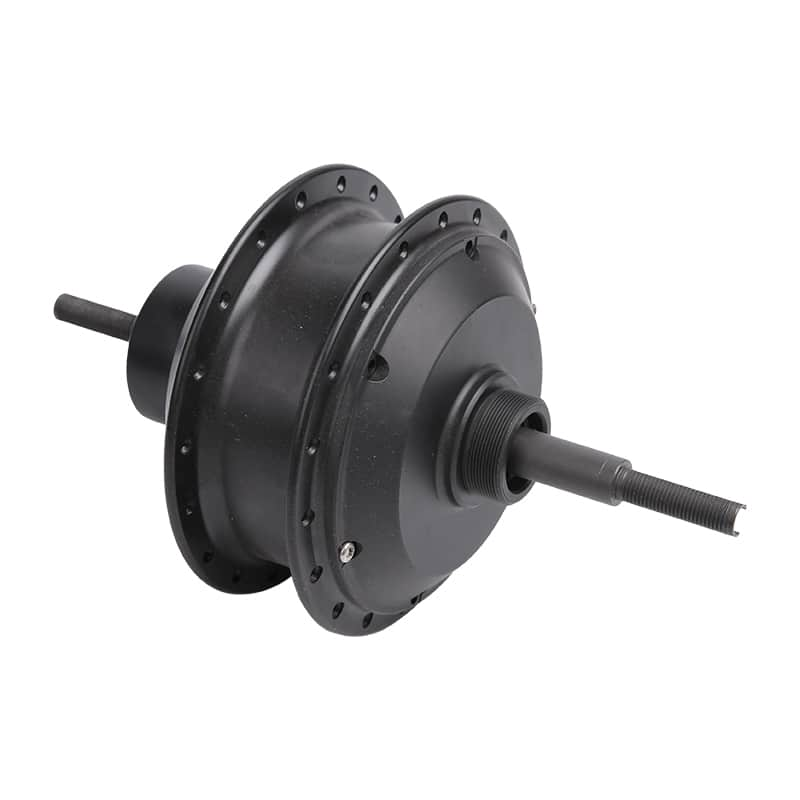Summary:The efficiency of an electric motor is usually measured by measuring the ratio between input power and output power. The efficiency of an electric mot...
The efficiency of an
electric motor is usually measured by measuring the ratio between input power and output power. The efficiency of an electric motor is expressed as the ratio of output power to input power, usually expressed as a percentage. Here's how motor efficiency is measured:
1. Measure the output power:
The power output of a motor is the useful power produced by the motor, usually expressed in watts (W). When measuring output power, you need to pay attention to the source of the output power to ensure accurate measurement results. For an electric motor, power output is usually calculated by measuring the torque and angular velocity on its shaft.
Consider a DC motor used to drive a vehicle. To measure its power output, a torque sensor can be used to measure the torque on the shaft, and an angular velocity sensor can be used to measure the rotational speed of the shaft. The output power can be calculated by the following formula:
Output power = torque × angular speed
Output power = torque × angular speed
This value represents the useful power generated by the electric motor to propel the vehicle forward.
2. Measure the input power:
The input power of a motor is the total power the motor draws from the power source. When measuring input power, the current and voltage of the motor need to be measured. Current can be measured with an ammeter, while voltage can be measured with a voltmeter. These measurements are usually made in the electric motor's power circuit.
For example, assume we are testing an AC motor for industrial use. In order to measure its input power, we will install an ammeter and a voltmeter on the motor's power circuit. These instruments will help us measure the current and voltage drawn by the motor and thus calculate the input power.
3. Computational efficiency:
Once you have measured the output power and input power, you can use the following formula to calculate the motor's efficiency:
\text{Efficiency (%)} = \frac{\text{Output power}}{\text{Input power}} \times 100\%
This calculation tells us the motor's efficiency percentage, that is, how much input power is converted into useful output power. Higher efficiency means the motor is more efficient at converting energy and therefore more competitive in terms of energy savings and performance.
4. Consider load and conditions:
In practical applications, the efficiency of electric motors may be affected by many factors. The most important of these is the load, which is the workload that the motor is subjected to. Electric motors often operate under varying loads, so when conducting efficiency tests you need to ensure that the loads are as similar as possible to the actual application.
For example, if we are testing an electric motor used to pump water, then when measuring efficiency we need to simulate the operation of the motor at different water levels and resistance. This helps to obtain more accurate efficiency data, as the motor's performance may vary under different loads.


